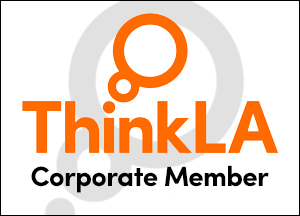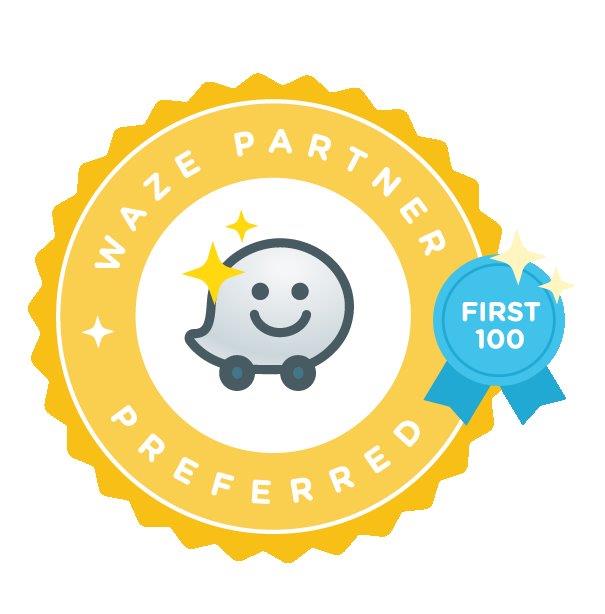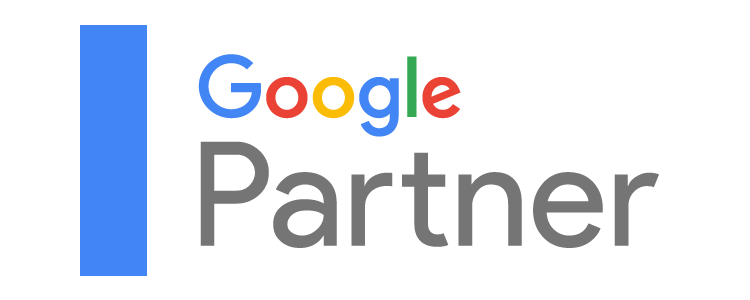
Paid media advertising can elevate your business and deliver excellent returns on your investment. It also has many other advantages, including:
- Increasing new customer leads and sales
- Broadening brand awareness
- Having capacity for more focused targeting
- Delivering insightful customer data
- Accessing users that might not be easy to reach otherwise
However, it can also be a strain on your resources if you end up paying every month without seeing results. So how can you ensure that your campaigns are delivering the positives that your business needs to grow, rather than wasting your time and resources?
Well, it all comes down to your paid media KPIs. They’ll let you know how your ad spend is working towards helping you achieve your goals. In this blog, we’ll look at the most important paid media KPIs that you need to be monitoring to ensure your money’s working the best it can for your business.
1. Clicks
When someone is interested in an ad online, they click on it to follow through to your online asset, e.g., website, landing page, or download link. Clicks are one of the most basic forms of paid media KPIs because they fluctuate depending on activity, price, or ad content. If you have more ads than last year, you’ll most likely get more clicks. If your media spot says “Click here for 70% off,” you’ll get more clicks than for 10% off, but it’s also costing you more. As a base metric, it is still a good measurement to get a feel for changes in ad activity over a long period and can act as a launchpad for deeper investigations into how your online marketing is performing.
2. Impressions
Paid advertising is not just about the clicks, however, as someone simply seeing your ad will increase your brand awareness. These impressions on potential customers build from awareness to curiosity and then action, where they click through to your site. Thus, impressions are a valuable goal. As a paid media, KPI impressions are generally measured by the thousand, or “per mille.”
Another feature of ad bidding is impression share, where you bid on a share of potential impressions. For example, top of the page ads get a higher impression share than ads elsewhere, so in your ad bidding you can also set a percentage value for how often you want your ads to get a specific impression share.
3. Click-Through Rate (CTR)
Your CTR is one of your most important metrics for judging the quality of your ads and how well they are being targeted. CTR is calculated by the amount of clicks on your ads divided by how many people saw it, that is the total impressions. So, the calculation is Clicks/Impressions x 100 to give you a percentage. This ratio tells you how often people click on your ads when they see them, so a 5% CTR means that for every 100 people that saw your ad, five of them clicked on it.
4. Cost-per-Click (CPC)
When you bid on ads for an online campaign, the method used is usually CPC, which means that you pay a certain amount every time someone clicks on your ads. The basic concept of an ad auction is that you bid a certain maximum amount for a specific keyword and if you have the highest bid, you get the place you want for your ad. The back-end of this process is slightly more complicated, as we looked at here, and includes ideas such as quality scores, which are a multiplier that means the more relevant an ad is the more likely it will get placed with specific keywords. Overall, CPC is a paid media KPI that you want to keep an eye on as it determines how much you’re paying for your ads.
5. Conversion Rate
Conversions measure customers that have been moved along the sales pipeline to the conversion stage, that is a step closer to buying. This will be different depending on what you’re looking for from a visit — it might be a whitepaper download, registering for an event, or expressing an interest in receiving a sales call. Not everyone who visits your website after clicking an ad will convert, so as a paid media KPI conversion rate is the number of conversions divided by total clicks through to your page.
Your conversion rate shows how successful your ad targeting is, i.e., the right person was intrigued by the ad and clicked through to a further sales action. The opposite of this is your bounce rate, where someone clicks through but immediately leaves as they didn’t find what they expected.
6. Cost-per-Conversion
While an advertiser will charge you a CPC or cost-per-mille (CPM) price for displaying your ads, cost-per-conversion is the paid media KPI you should be using internally to measure your ad spend’s effectiveness. Cost-per-Conversion tells you how much you’re paying to get a person to a certain point on your sales funnel. Once you have that metric, you can look for ways to improve it, including improving your landing page copy, reconfiguring your ad targeting, or reducing your CPC by improving your quality score.
7. Quality Score
As mentioned above, a quality score is a measure used by search engines to determine how relevant the ad you are placing is for the keyword you’re bidding on. The quality score is also affected by the quality of your ads, how they have performed historically, and the quality and relevance of your landing page.
For example, say a burger restaurant wants to bid on every food related keyword in their area. This means they would also bid on the keyword “pizza near me” even though they don’t sell pizza. To make things worse, their ad leads to a page with customer photos which are untagged and vary in quality. To ensure that only relevant, high-quality ads get shown to its users, Google will rank its relevance. In this case, the burger place won’t score highly, making it less likely and more expensive for it to appear to pizza searchers.
We can help
Paid media advertising is a vital tool to help you reach your business goals, but for many, it’s not delivering the returns it should be. By using better and more consistent paid media KPIs, you can accurately monitor how your ad spend is working and identify areas for improvement.
At Bloom Ads, we are complete nerds when it comes to ad metrics and how to get them moving in the right direction. If you want help with yours, get in touch with us here to see how better measurements make better fits for your marketing spend.













